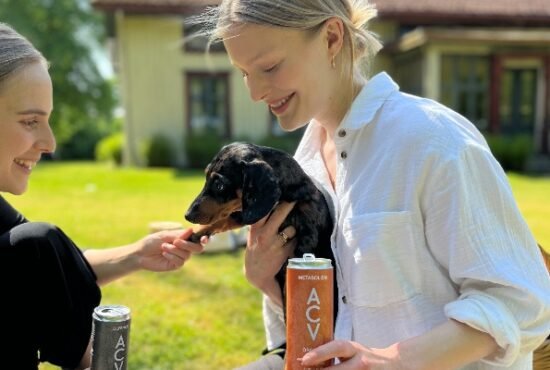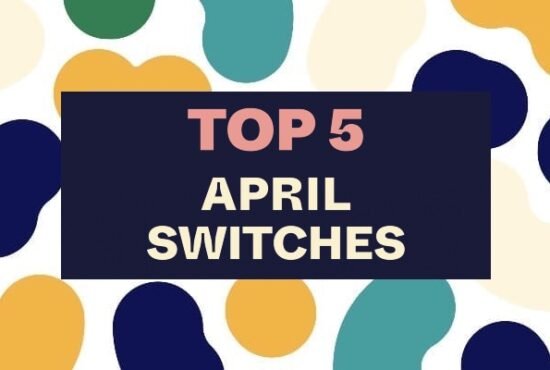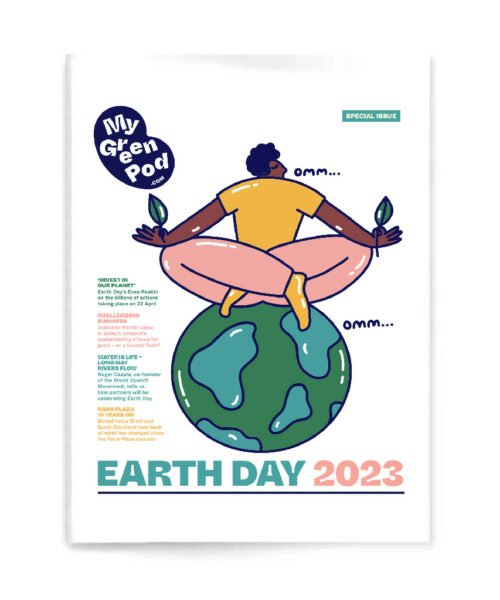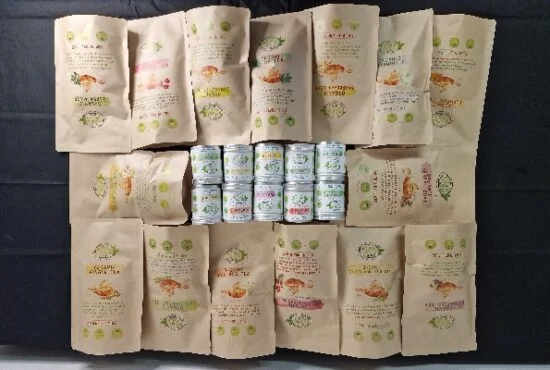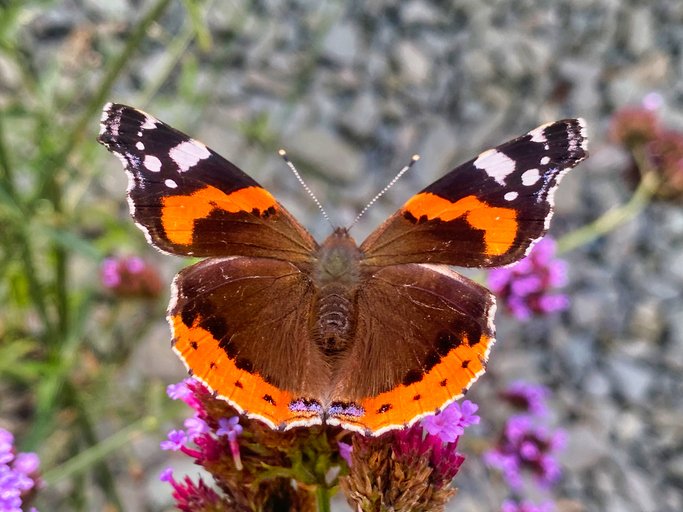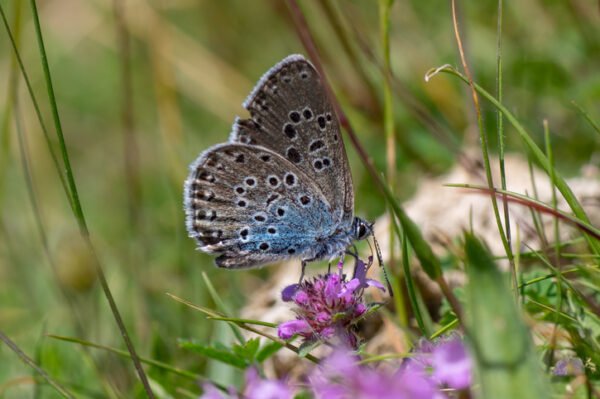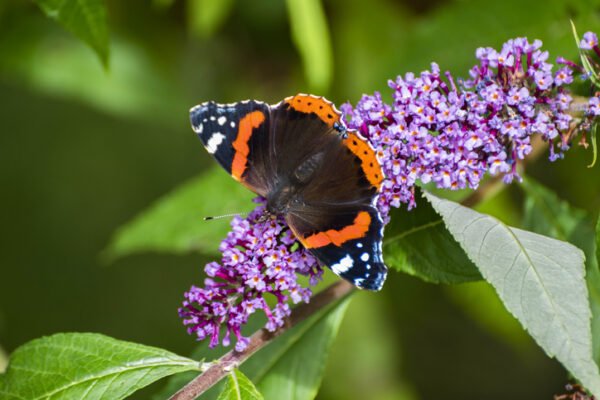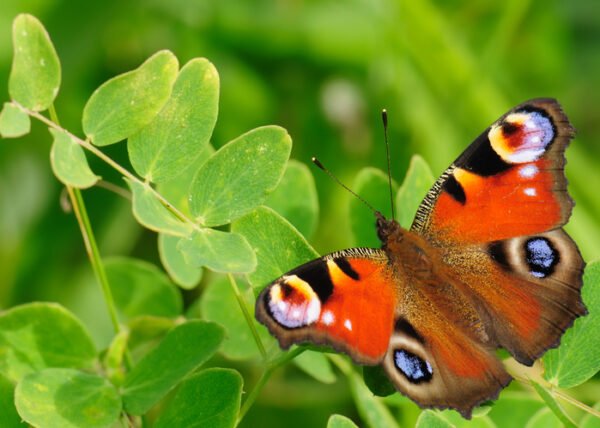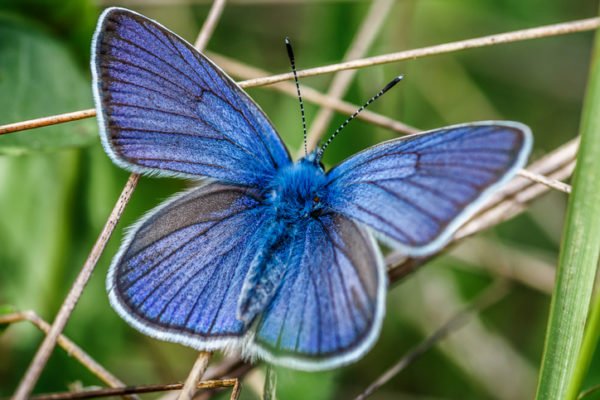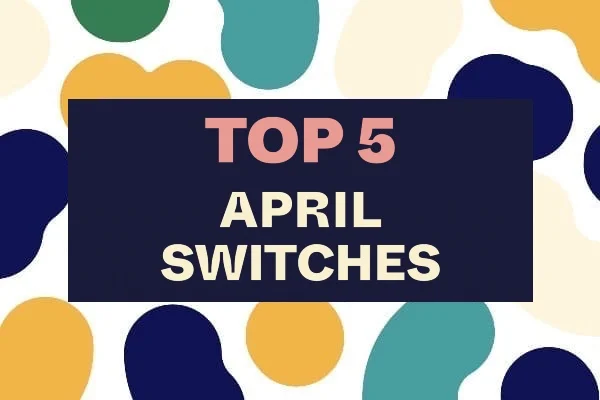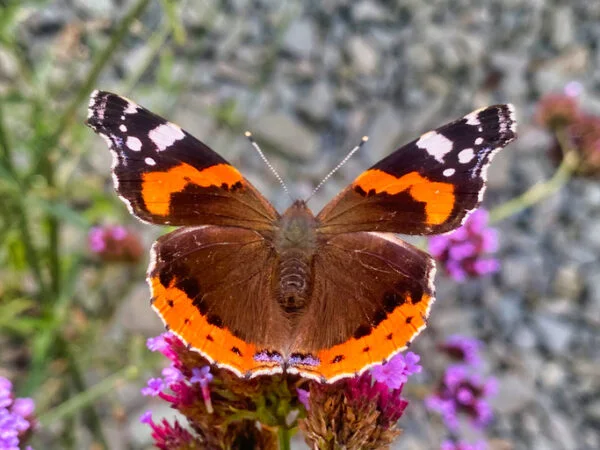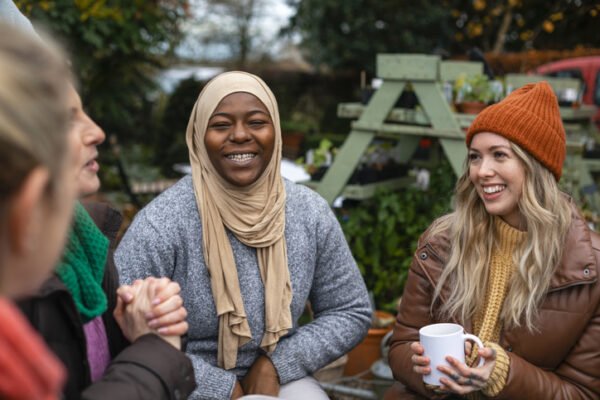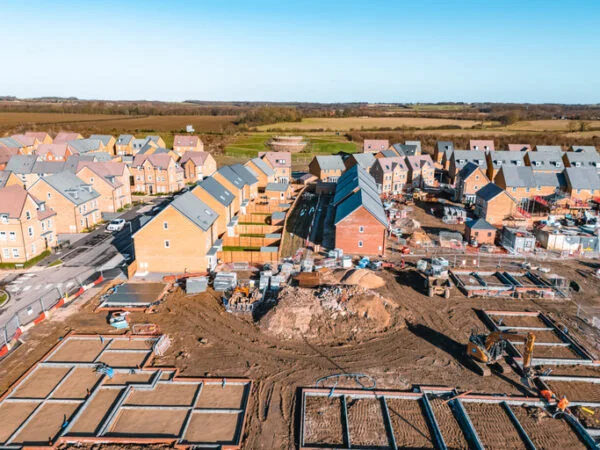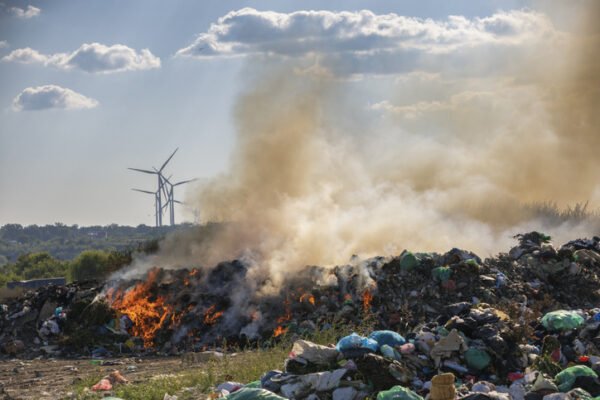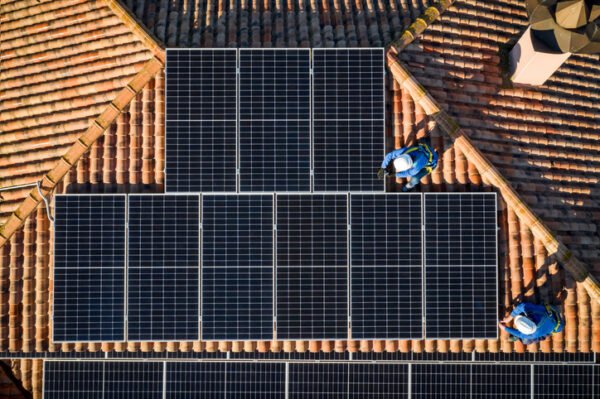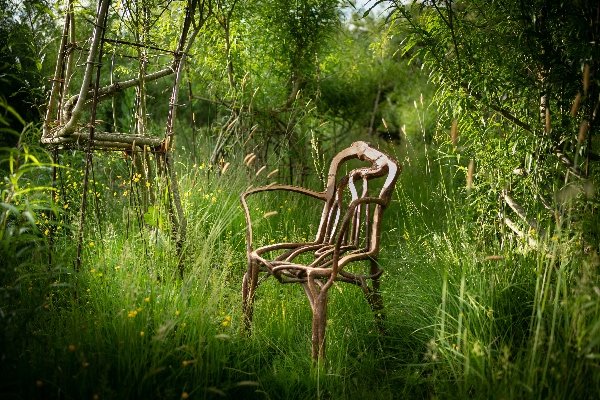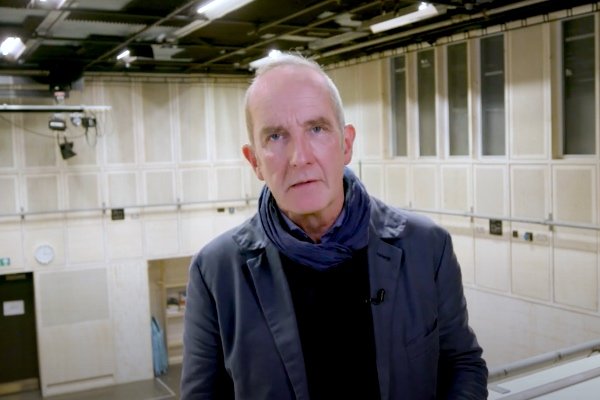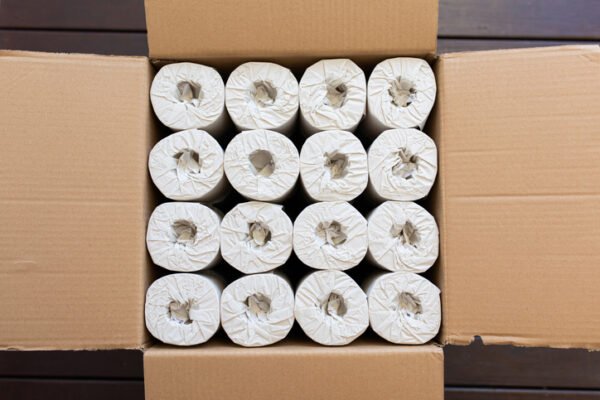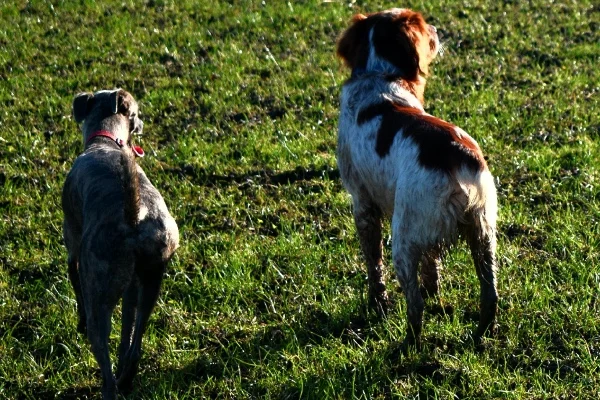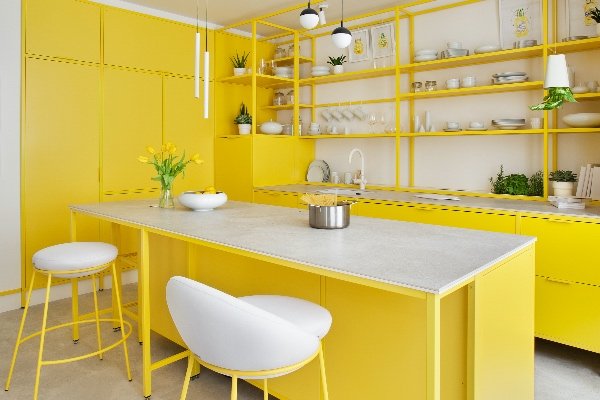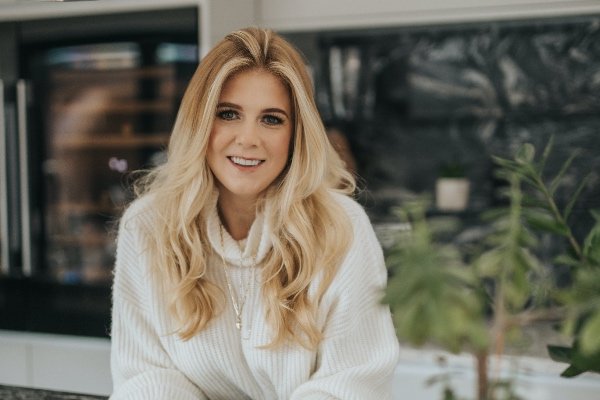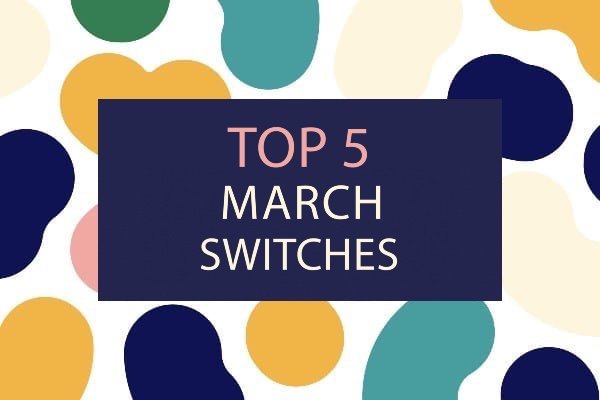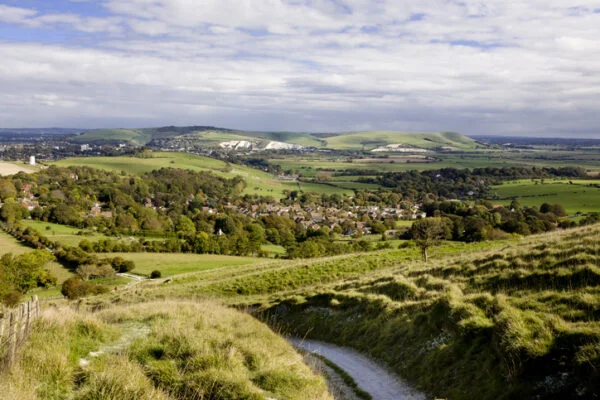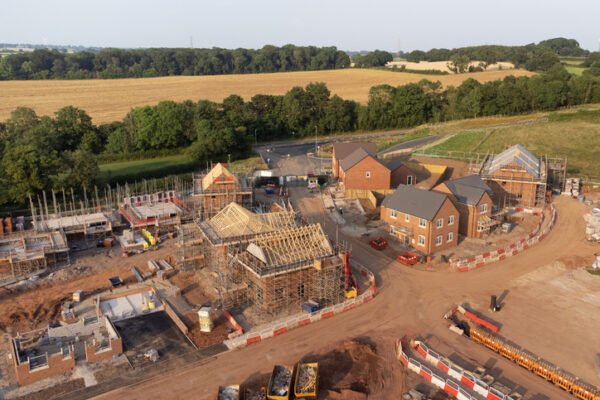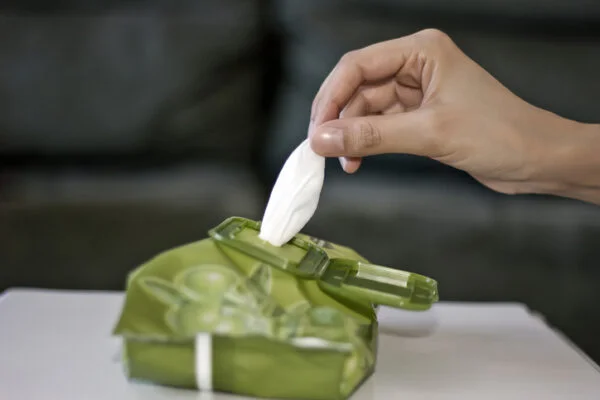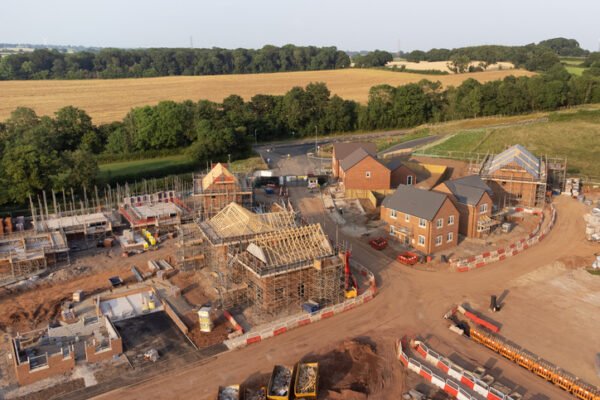Letting parts of your garden grow wild with long grass can increase butterfly numbers by up to 93% and attract a wider range of species, according to new research from leading wildlife charity Butterfly Conservation.
The study, published in the journal Science of the Total Environment, provides the first scientific evidence that having long grass in your garden increases butterfly abundance and diversity. Creating such wild spaces may help to reverse the decline of these beautiful insects.
The Garden Butterfly Survey
Undertaken by Butterfly Conservation scientists Dr Lisbeth Hordley and Dr Richard Fox, the research analysed butterfly sightings from more than 600 gardens across the UK, collected by members of the public over six years through the charity’s Garden Butterfly Survey.
The results show that gardens with long grass had a significantly higher number of butterflies recorded, with a greater variety of species, than those without.
Importantly, the biggest benefits of these wild spaces were found in urban areas and intensively farmed landscapes.
In highly arable areas, gardens with long grass saw up to 93% more butterflies, and those in urban areas showed an increase of 18%.
Space for butterflies
The potential to provide wild spaces for butterflies and moths to thrive is huge.
Gardens make up more than 728,000 hectares in Great Britain – the equivalent of over a million football pitches.
If each of these gardens had a space that was allowed to go a little wild, with grass growing long, it would make a huge difference for butterflies and moths, providing spaces for them to feed, breed and shelter.
Go a little wild
While the research specifically studied gardens, the benefits to butterflies of long grass and wild spaces are likely to extend beyond the garden gate.
Public green spaces such as parks, school grounds, allotments and road verges could also provide vital spaces for wildlife, and enable more people to see more butterflies if allowed to go a little wild.
 Play Video about This Rock Might Just Save The World
Play Video about This Rock Might Just Save The World Play Video about Play 2 hours of rock
Play Video about Play 2 hours of rock Play Video about Play 2 hours of brook
Play Video about Play 2 hours of brook Play Video about Play 2 hours of sheep
Play Video about Play 2 hours of sheep
